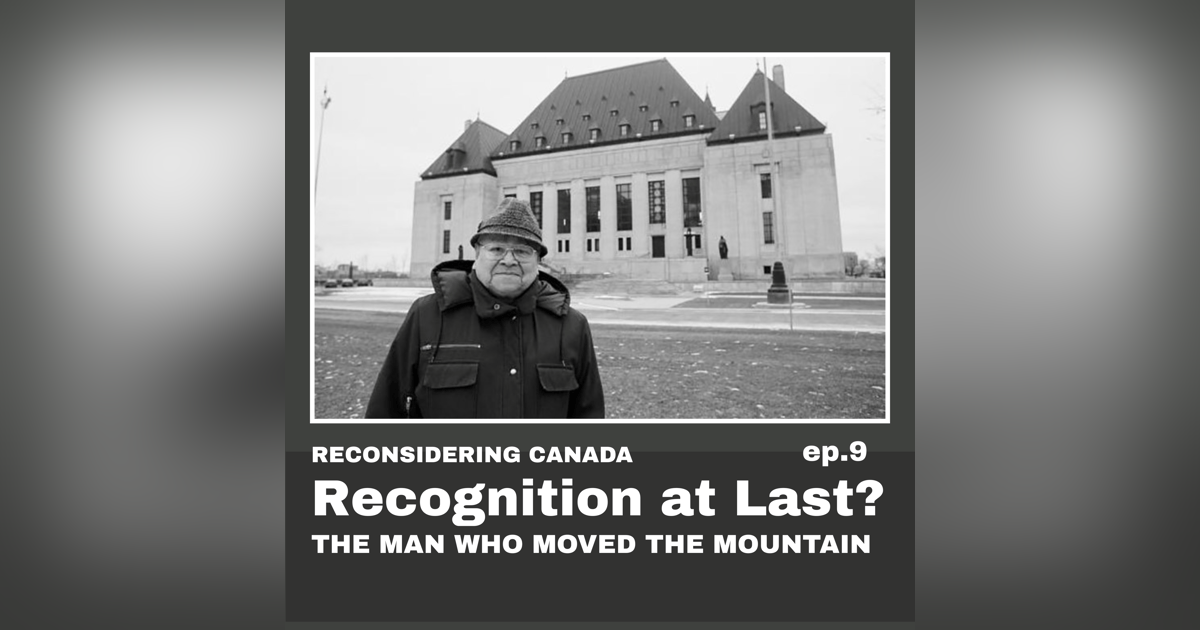Recognition at Last?

Episode 9 – Recognition at Last?
How the Nisga’a Nation changed Canadian law—and why recognition wasn’t enough.
In 1973, the Supreme Court of Canada issued a landmark ruling in Calder v. British Columbia, a case that brought the concept of Aboriginal title into Canadian law for the first time. Led by Frank Calder and the Nisga’a Nation, the case challenged British Columbia’s long-standing denial of Indigenous land rights and helped shift national policy toward negotiating land claims.
But while Calder marked a turning point, it didn’t deliver justice on its own. Recognition, it turns out, is not the same as restitution.
In this episode, we trace the roots of the Nisga’a land struggle—from early petitions to Ottawa to the long legal battle—and unpack the legal, emotional, and political legacy of Calder. We explore what it means to be “recognized” in Canadian law, what was gained, and what remains withheld.
Featured in this episode:
– The story of Frank Calder and the Nisga’a Tribal Council
– The 1913 Nisga’a Memorial to Prime Minister Laurier
– Legal implications of the Calder decision
– Reflections on the limits of recognition and what came next
Resources & Further Reading:
– Calder v. British Columbia (AG), [1973] S.C.R. 313
– Nisga’a Lisims Government – www.nisgaanation.ca
– Hamar Foster, Letting Go the Bone: The Idea of Aboriginal Title in British Columbia, 1849–1927
– John Borrows, Recovering Canada: The Resurgence of Indigenous Law
– Audrey G. Richard’s biography of Frank Calder (Dictionary of Canadian Biography)
Content Warnings:
This episode contains discussions of historical and ongoing colonial injustice, including references to land dispossession, systemic racism, and political marginalization of Indigenous peoples.



